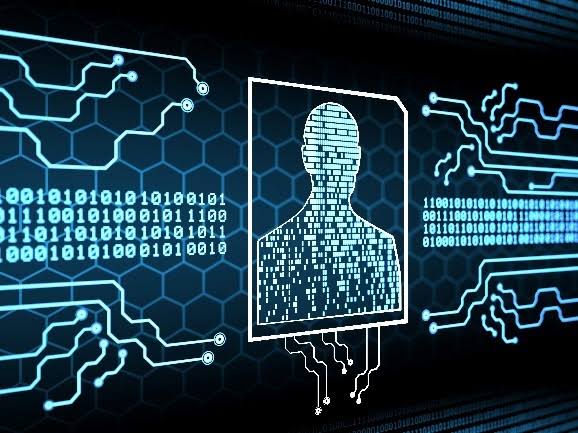Financial empowerment and a change in our digital life are both possible benefits of digital identification.
Digital identity has become a crucial component of not only online presence but also, more importantly, digital life in this era of quickly changing digital landscapes. The true potential of digital identity extends far beyond these conventional spheres, even if it has given customers access to services, the ability to establish trust, and the ability to create personalised digital experiences. It serves as an essential catalyst for a substantial shift in financial empowerment, ushering in a revolutionary era of digital transactions.
Digital identity development To keep up with technological advancements and shifting consumer expectations, the digital identity landscape has undergone tremendous change.
In this article we’ll discuss about digital identity development, The significance of digital identity, financial industry use of digital identity and the function of digital identification in the Crypto world
Digital identity development
To keep up with technological advancements and shifting consumer expectations, the digital identity landscape has undergone tremendous change. Since the early days of simple authentication methods like usernames and passwords, digital identity has undergone a remarkable transformation. It now includes additional layers of security and personalization, like two-factor authentication, biometric recognition, and even social media integration.
The concept of digital identity has been significantly shaped by social media platforms in particular. Social media websites like Twitter and TikTok have given users a virtual depiction of their personalities, interests, and social relationships.
Users have been able to improve their digital identities and have more individualised and customised online experiences as a result of the use of social media.
Digital identity’s significance
Platforms have influenced digital identity, but it has also had a significant impact on a range of industries, including social media platforms like Facebook and Instagram as well as e-commerce behemoths like Amazon and Alibaba. These platforms have taken into account the significance of digital identity and have made use of it to authenticate users, personalise suggestions, and promote user and seller trust.
For instance, when a user uses a distinct digital identity to sign in to a social media platform, the system not only confirms the user’s identity but also creates a customised feed based on the user’s connections and interests.
Digital identity also contributes to safe transactions and protects customers from fraud when they make purchases online, which has helped online shopping expand and become more popular over time. The significance of digital identification, however, goes beyond these well-known uses.
Financial industry use of digital identity
Digital identity has the potential to change how people conduct business and engage in the global economy in the financial sector. The inclusion of the underbanked and unbanked people is a significant illustration of this. More than 1.7 billion people lack access to formal financial services, according to the World Bank.
By giving these people a trustworthy and verifiable identification, digital identity can close this gap and give them access to banking services, credit, and financial possibilities that were previously out of reach. Individuals can establish their financial credibility, gain access to financing to launch businesses, and create a financial history that adds to their long-term financial stability with the use of a digital identity.
According to a study released by McKinsey in late 2022, the potential economic impact of digital identity is also substantial. By putting in place comprehensive and secure systems, nations may provide their citizens with full digital ID coverage, unlocking economic value that by 2030 could be between 3% and 13% of their respective GDP. This number serves as yet another example of the enormous economic potential and social advantages that may be gained from the use of digital identity solutions.
The function of digital identification in the world of crypto
In the world of cryptocurrency, digital identification extends beyond the most basic forms of authentication.
It includes identity verification techniques based on blockchains, wallet addresses, and cryptographic keys. These components give individuals a distinct and unchangeable identity that they can use to manage digital assets, access DeFi services, and authenticate transactions.
Sadly, despite these apparent benefits, users frequently face substantial obstacles when navigating the crypto world. The technical jargon used in the sector, misconceptions about cryptocurrencies, and criminals looking to take advantage of weaknesses all add to the complexity and restricted accessibility of the crypto world.
In conclusion, now is the time to embrace such digital identification solutions as the next step in the evolution of digital identity. A strong motivator for financial empowerment and inclusive engagement, digital identity should no longer be undervalued. Instead, it should be embraced.
We can unleash the transformational potential of digital identity in the crypto sector by implementing complete digital naming solutions that streamline operations, provide a wide range of services, and encourage interoperability across the crypto ecosystem. This development will not only lower barriers and improve accessibility, but it will also open the door to a time when people may use digital transactions to their advantage and move through them with ease.
It’s time to fully embrace the enormous potential that both digital identification and cryptocurrency provide and usher in a new era of financial empowerment and digital change.


